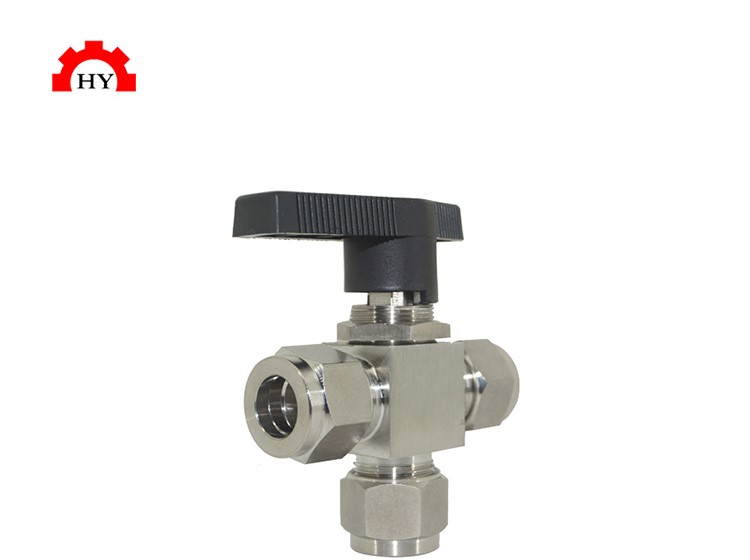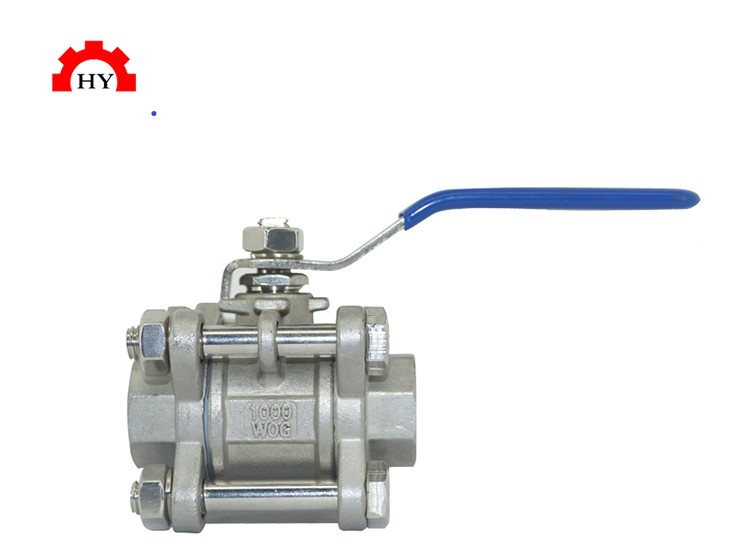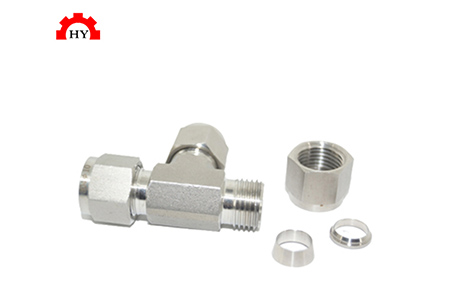Things everyone should know about 2 piece ball valves
Dec 29, 2023
Two-piece ball valves are a type of quarter-turn valve that is commonly used in various industries for controlling the flow of liquids or gases. Here are some key things everyone should know about 2-piece ball valves:
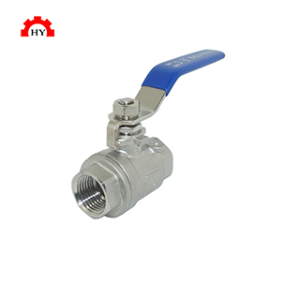
- Design and Construction:
- Two-Piece Design: The valve consists of two main parts—the body and the cap. The body houses the ball, stem, and seats, while the cap is connected to the body by bolts and contains the sealing elements.
- Ball and Stem: The ball inside the valve has a hole through which the flow passes. The stem is connected to the ball and is used to rotate the ball, controlling the flow by either aligning or blocking the passage.
- Quarter-Turn Operation:
- Two-piece ball valves operate on a quarter-turn principle. This means that the valve is either fully open or fully closed with a 90-degree rotation of the handle or actuator. This simplicity in operation makes them easy to use and control.
- Versatility:
- Two-piece ball valves are versatile and suitable for a wide range of applications. They are commonly used in industries such as oil and gas, petrochemical, water treatment, HVAC, and general industrial applications. Their versatility makes them suitable for both on/off and modulating applications.
- Ease of Maintenance:
- The two-piece design of these valves makes maintenance relatively easy. The valve can be disassembled into two main parts, allowing for straightforward access to the internal components, such as the ball and seats. This ease of access simplifies inspection, cleaning, and replacement of components, reducing downtime during maintenance activities.
- Material Options:
- Two-piece ball valves are available in various materials, including stainless steel, brass, and other alloys. The choice of material depends on factors such as the type of fluid, temperature, and pressure conditions in the system. Stainless steel is often preferred for its corrosion resistance, making it suitable for a wide range of applications.
- Pressure and Temperature Ratings:
- The pressure and temperature ratings of two-piece ball valves vary based on the design and materials. It’s crucial to select a valve that meets the specific requirements of the application to ensure safe and reliable operation under the given conditions.
- Sealing Mechanism:
- The sealing mechanism in two-piece ball valves typically involves the use of seats that come into contact with the ball to create a tight seal. The choice of seat material depends on the application, with options such as PTFE (Teflon) for general-purpose use or materials like PEEK for high-temperature applications.
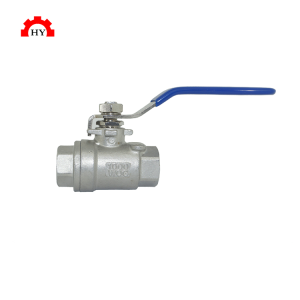
When selecting a two-piece ball valve, it’s essential to consider factors such as the type of fluid, pressure and temperature requirements, material compatibility, and the specific conditions of the application. Additionally, choosing a valve from a reputable manufacturer ensures quality and compliance with industry standards.


